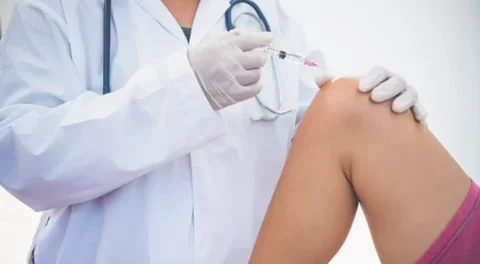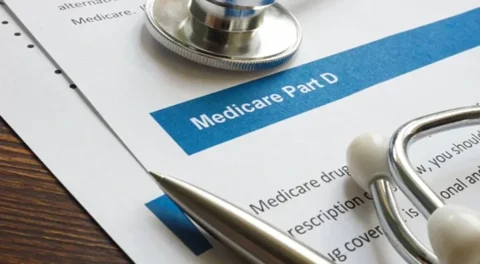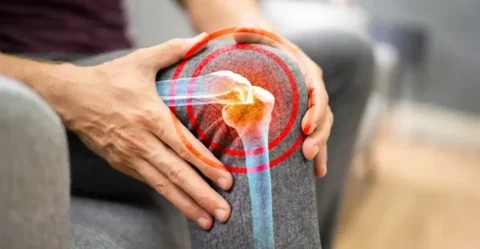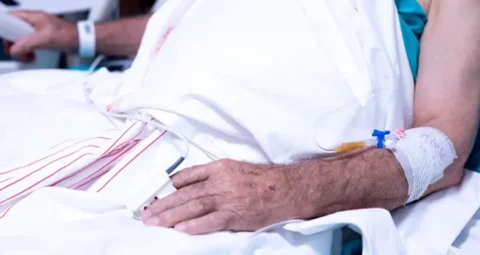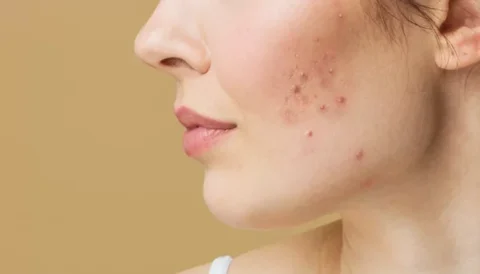There’s a high demand for pain relief injections like cortisone medication and platelet-rich plasma therapy among patients with chronic joint pain, sports injuries, and musculoskeletal conditions. Since these treatments technically offer the same benefits for pain management, it can be tempting to take them together. However, a doctor will advise choosing either one of the two or leaving a waiting time in between the injections if they want to get both.
So when is the right time to start PRP treatment after getting intra articular corticosteroid injections? It’s recommended that patients wait at least a month after getting cortisone shots before receiving PRP. While there’s limited information on whether PRP will interfere with the effects of steroid injections, waiting in between treatments is done to allow the body to process the injections and reduce the risks of adverse reactions.
Why People Get PRP Treatment After Cortisone Shots
Before platelet-rich plasma treatment became available, many doctors used corticosteroids for treating hip pain, knee injuries, and joint pain in patients. These injections relieve discomfort and swelling by weakening the immune system and decreasing collagen production in the tendon cells which in turn reduces inflammation and relaxes the surrounding nerves.
Cortisone shots are excellent for providing fast-acting relief but their effects are usually temporary. Once a corticosteroid shot is placed to the inflamed site, it can begin its pain relieving mechanism and its effects will stay in the body for at least 3 to 4 weeks, although most patients can still feel improvements for up to 6 months.
However, it’s important to note that cortisone injections don’t necessarily provide healing to the affected joints and damaged tissues. It doesn’t cure the joint disorder itself and only temporarily conceals the pain that the patients feel. This is one of the possible reasons why individuals still look to get PRP treatments after having cortisone injections.
PRP Injections: When Can You Get It and Will It Interfere With The Effects of The Corticosteroids?
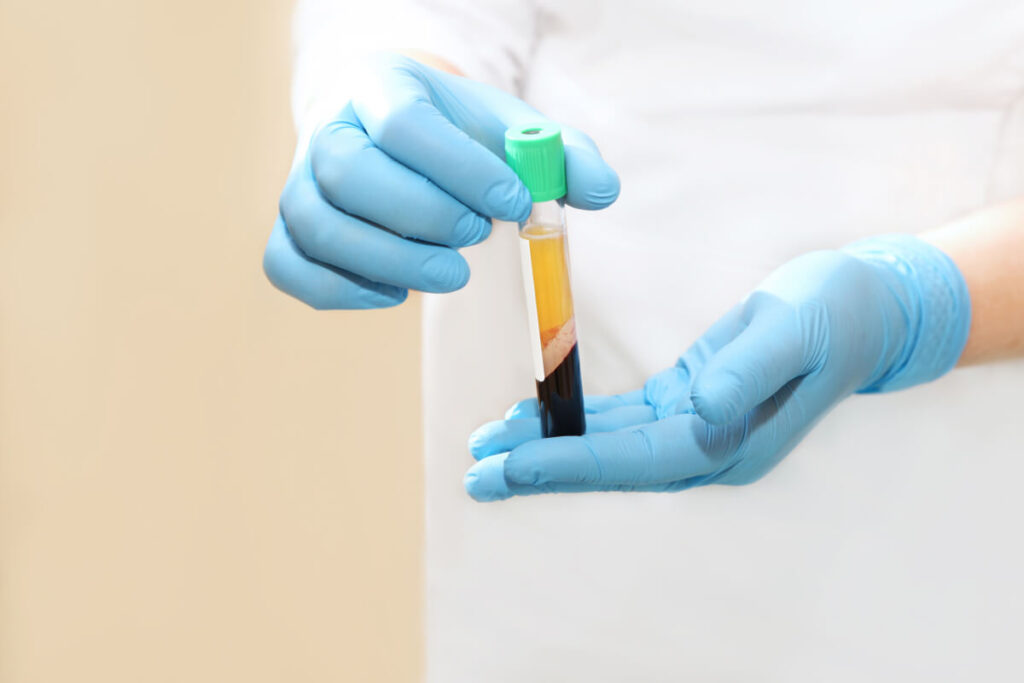
Those who are planning to get platelet-rich plasma injections for their hip pain and joint inflammation are usually advised to stop taking cortisone shots for at least 4 weeks before their treatment.
So far, there aren’t any studies that show that PRP treatments will interfere with the effects of cortisone injections. In fact, there’s one research that suggests that combining PRP therapy with steroid shots may protect the tendons and joints from the negative side effects of repeated cortisone injections.
Using PRP for the treatment of joint disorders and chronic tendon injuries offers far more than pain relief and reduced inflammation. The platelets in a PRP shot contain a high concentration of growth factors that are necessary to stimulate the body’s healing processes, encourage tissue regeneration, and aid in cell growth. The long-term healing potential of PRP makes it a more effective injection for improving overall joint function and lessening chronic pain.
Importance Of Waiting In Between Injection Treatments
It can be quite tempting to get both cortisone shots and PRP treatments at the same time, especially when you know they can both provide relief from joint pain and inflammation. However, there are several reasons why it’s necessary to wait in between getting the injections:
- Cortisones are a potent injection treatment and they can stay for a long time in the body. Cortisone is a powerful pain relief medication and a single injection can provide positive effects that can last for several weeks to months. Before getting any additional cortisone shots or PRP treatment, your body needs time to process and metabolize the injections so as to avoid any negative reactions.
- Your body’s immune system is weakened for the first few weeks after joint injections with cortisone. After receiving a corticosteroid injection, the body’s immune response is suppressed which may temporarily increase your risk for infections. And since PRP treatment involves the process of drawing blood to get the platelets, there’s a slight risk of infection especially if the provider uses non-sterile tools or has poor extraction technique.
- PRP injections are supposed to trigger some level of inflammation as a healing response. Since cortisone injections inhibit inflammation, it may affect the healing process of PRP treatments which involves triggering the body’s natural inflammatory response. If you take PRP injections too close to your cortisone treatment, the platelet-rich plasma therapy may not work and won’t produce the desired effects.
How Do PRP and Cortisone Injections Differ From Each Other?
When you’re looking for a non-surgical alternative for improving joint pain and injuries, both cortisone injections and PRP treatment are some of the best solutions. But even though they offer the same therapeutic goal, there are several key differences between these pain management treatments. Here’s a table comparing these injection therapies:
| Cortisone injections | Platelet-rich plasma treatment | |
| Where does it come from? | Cortisone is an injectable medication that contains a synthetic version of the cortisol hormone which is produced in the adrenal glands. It contains strong anti-inflammatory properties to provide temporary relief from pain and aches. | The PRP solution is made by extracting a blood sample from the patient and separating the plasma with the high platelet concentrate for the injections. |
| How does it work? | Cortisone injections are placed directly to the area with pain and inflammation. In some cases, the injections are mixed with a local anesthetic to provide immediate pain relief and allow the medication to spread in the injected site. | Similar to cortisone shots, PRP injections are also applied directly to the site of the affected or damaged joints. |
| How safe is it and what are the expected side effects? | It’s relatively safe but patients may experience some pain at the injection site. You may also have some minor systemic side effects such as an increase in blood sugar levels, weight gain, facial redness, and a feeling of warmth in the chest. Some patients can also have a temporary flare of pain in the treated joint. | PRP treatments are safe and there’s almost no risk for allergic reaction since the injections are drawn from the patient. Some common side effects are injection site pain, minor bleeding, bruising, and skin discoloration. There’s also a possible but rare occurrence of blood clots. |
| Can you get repeated injections? | Most patients can get additional cortisone shots over the course of three months. However, it should be done with caution since long-term and repeated use of cortisone injections can cause joint damage, cartilage loss, articular cartilage, and weakened tendon tissues. | Yes, most patients can get follow-up platelet injection therapy within a 6-month period to maintain their results. |
Common Uses of Cortisone Injections and PRP Therapy
Cortisone injections and platelet-rich plasma treatments almost have the same therapeutic applications. However, PRP injections are unique and more versatile because there’s a growing interest for it in medical aesthetics. To better understand, here’s an overlook of what conditions these therapies can help treat:
| Cortisone injections | PRP therapy |
| Mostly joint pain and arthritis-related conditions such as rheumatoid arthritis, hip arthritis, tendinitis, shoulder bursitis, mild osteoarthritis, and knee pain | For medical uses, PRP therapy can help treat muscle aches and injuries, torn tendons and ligaments, nerve damage, osteoarthritis, back pain, and spinal injuries |
| For cosmetic purposes, PRP is being used for encouraging hair growth, supporting healing and growth after hair transplants, improving signs of wrinkles, and enhancing overall skin tone and texture |
Buy Affordable Medical Supplies and Injection Tools At FACE Med Store
Getting PRP injections after cortisone shots generally don’t have unwanted side effects but an orthopedic surgeon will still recommend that you wait a full month before getting the treatment. As a regenerative treatment, PRP injections don’t only provide temporary pain relief but also offer long-term healing benefits and improvements for musculoskeletal conditions unlike cortisone medications.
FACE Med Store is an experienced and trusted provider of high-quality supplies and tools that are needed for any medical and cosmetic procedure. We’re proud to partner with many medical and aesthetic practices across the country, helping them provide the best treatments for their clients. To check our stocks, you can browse our website or call us at (800) 770-9083.
Learn More: When Can You Relax Your Hair After PRP Treatment?

